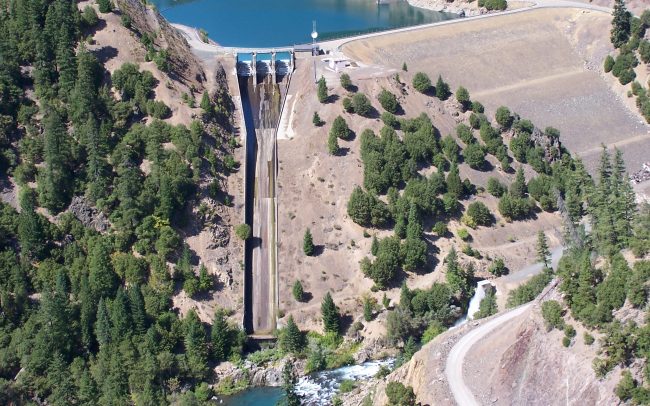Geomorphology
Because of our focus on watershed science, Stillwater attracts the most qualified and well-respected fluvial geomorphologists working outside of academia. We use geomorphic principles to help understand relationships between organisms and their environment, provide mechanisms by which stream flow affects sediment movement downstream, and design and evaluate floodplain and channel restoration efforts. The broad-based background of our technical staff allows us to tackle many different questions and applications of geomorphology, including:
- Monitoring and mapping: Geomorphic and geologic watershed mapping and interpretation; historical records analyses and land use change impact assessments; large wood assessments and budgets; post-project monitoring and evaluation
- Sediment evaluation: Sediment source inventories and sediment budget determinations; landslide assessments and modeling; sediment quality and quantity assessments
- Stream flow: Stream flow and sediment entrainment and transport monitoring; high-resolution flow velocity profiling; prescriptions for ecological high flow releases
- Channel form: Channel geometry and bed profile surveys; channel bed and subsurface sediment characterization including facies mapping
- Modeling: sediment transport dynamics in sand- and gravel-bed rivers; reservoir sediment deposition and stratification; aquatic and estuarine habitat; physical modeling (flume) experiments
- River restoration planning: floodplain design; gravel augmentation; instream habitat structure placement; dam removal
These skills are applied to all aspects of the project process, including strategic planning, project orientation and conceptual model development, determination of current site conditions, interpretation of past site conditions, and prediction of future site conditions. We work closely with colleagues and teaming partners to provide interdisciplinary biophysical and biogeochemical answers that are targeted directly at client questions and priorities.









